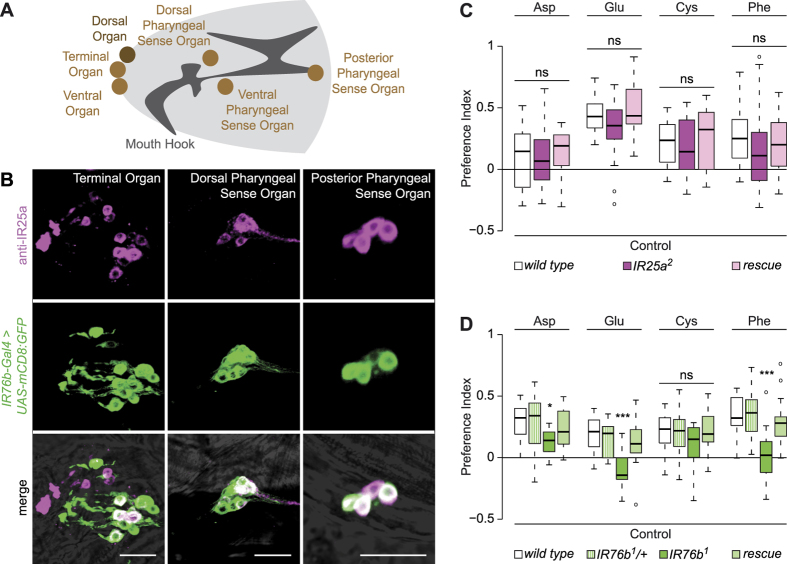Figure 2. IR76b, but not IR25a, is required for behavioural attraction to amino acids.
(A) Schematic of a larval head, illustrating the main olfactory (Dorsal Organ) and gustatory (Terminal Organ, Ventral Organ, Dorsal Pharyngeal Sense Organ, Ventral Pharyngeal Sense Organ, Posterior Pharyngeal Sense Organ) structures. (B) Immunofluorescence with anti-IR25a (magenta) and anti-GFP (green) on IR76b-Gal4;UAS-mCD8:GFP animals revealing expression in the indicated gustatory organs. The merged channels are overlaid on a brightfield image. Scale bars: 20 μm. (C) Preference Indices of wild type (w1118), IR25a mutants (IR25a2) and IR25a rescue animals (IR25a2, CH322-32C20) for the indicated amino acids (Kruskal-Wallis, p > 0.05; N ≥ 20 groups of ~30 larvae per genotype and per tastant). (D) Preference Indices of wild type (w1118), IR76b heterozygous (IR76b1/+; where “+” represents Canton S-derived chromosomes) and homozygous (IR76b1) mutants, and IR76b rescue animals (IR76b-Gal4, UAS-IR76b;IR76b1) for the indicated amino acids (Kruskal-Wallis, *p < 0.05, ***p < 0.001; N = 14 groups of ~30 larvae per genotype and per tastant).

